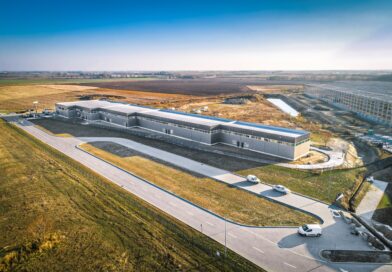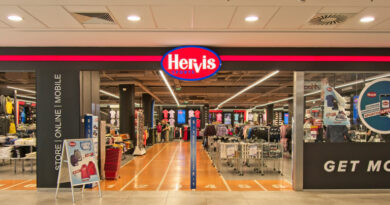Will the traditional office exist in the near future?
With a shrinking population and the rise of alternative workplace strategies (AWS), particularly remote working, has the traditional office had its day? Not according to Colliers International’s latest report on Generation Y (born after the early 1980s) on space planning and the future of the workplace. “Colliers believes that in within 20 years, demand for office space will stay at a similar level to today.” – said Kata Mazsaroff, Head of Tenant Representation at Colliers International Hungary.
This is predominantly due to the growing need, as dictated by employees working within a corporate office, for flexible, collaborative space and more generous personal desk-space. This demand will result in an increase in the amount of space required per office-worker, counter-balancing the decline in population and rise in flexible/remote working. Damian Harrington, Eastern-European director of Research at Colliers International,and author of the new White Paper, commented: “Overall, the message is that we do not believe there will be a significant change (fall) in the amount of space required for traditional office use over the next 15-20 years, despite a fall in office-based employment.
“What we will see, however, is a great deal of change in how office space is used and configured.” – added Kata Mazsaroff. Given the effect on the bottom line of reducing rental outgoings, there will be increasing pressure to utilise technology and other flexible office solutions to cut the regular rent demand whilst keeping core staff happy, motivated, productive and wanting to come to work. “Amidst ever more competitive labour markets, having the right workplace strategy will be key to a company’s future success. When a modern company like Avis Budget Group BSC chose Skanska’s Green House, the Generation Y type of office space was a very important aspect during the decision making process.”
For developers and landlords, having the right type of space which can accommodate changing layouts and needs and provide the sustainable building solutions which occupiers and investors are now demanding will be paramount to the success of an office portfolio. “This is a demand not only from a corporate perspective but from staff themselves, who are– as time goes by – more and more members of Generation Y.” – summarized Kata Mazsaroff. Some of the further key findings from Colliers International’s White Paper on “Space Planning and the Future of Workplace Design”:
· From a corporate perspective, space optimisation (79%) and cost savings (74%) are the main reasons for companies to implement alternative workplace strategies.
· For employees, home based working (89%) and drop-in spaces/hoteling (82%) top the list of AWS requirements.
· According to the International Data Corporation, the number of mobile workers exceeded one billion people in 2010 and is forecast to grow by 6% per annum over the next few years.
· The growing trend towards remote working will help drive demand for bespoke data centres as IT storage and management is increasingly outsourced.
































